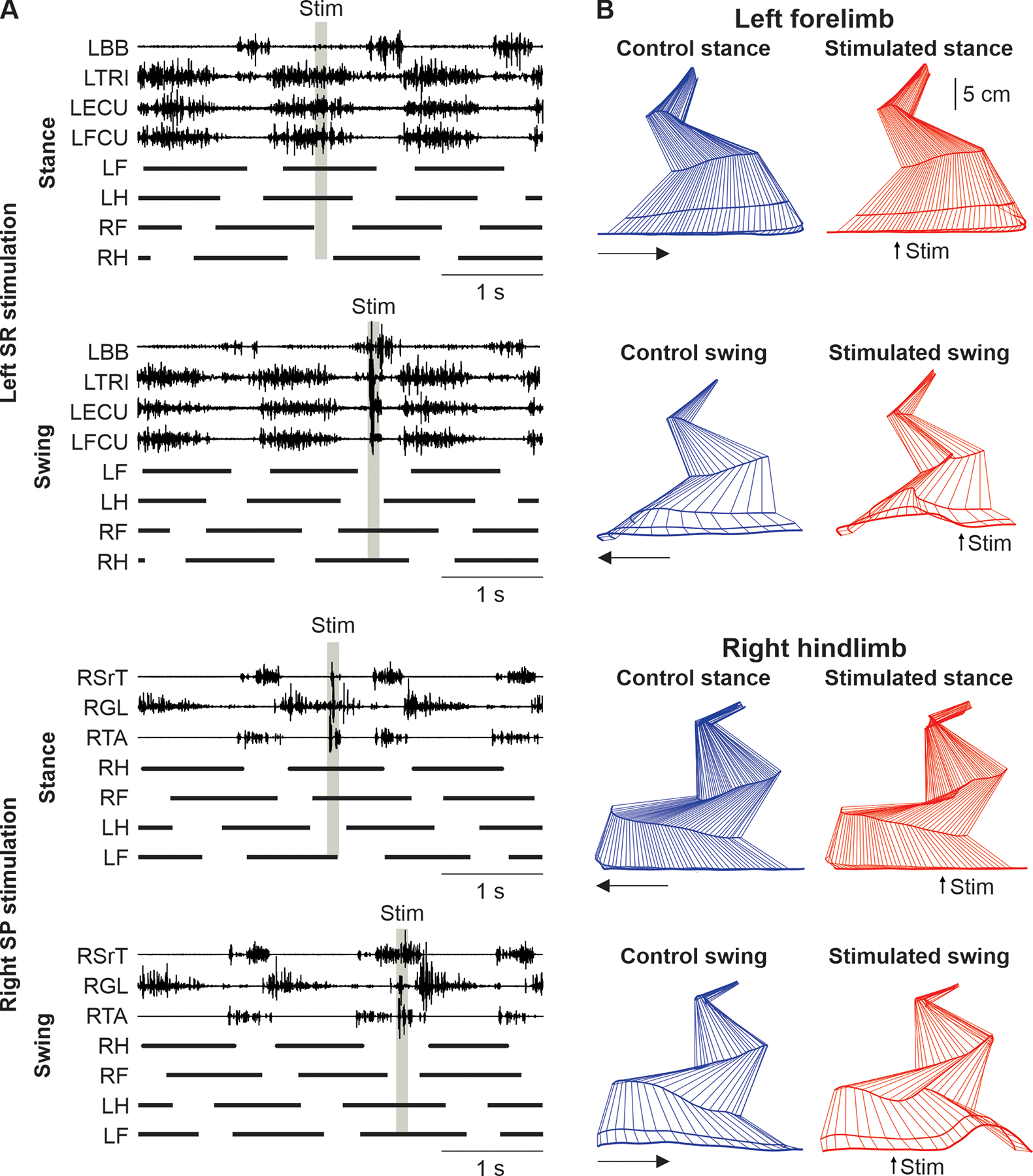Figure 20. Cutaneous inputs regulate muscle activity and alter limb trajectory in a phase-dependent manner.

A) The effects of stimulating the superficial radial (SR) and superficial peroneal (SP) nerves on the EMG activity of selected muscles and the phases of the four limbs during treadmill locomotion at 0.4 m/s in an intact cat. The SR and SP nerves were stimulated during mid-stance and mid-swing of the homonymous limb. The shaded area indicates the period of stimulation (25 pulses of 0.2 ms duration at 200 Hz and at 1.2 times the motor threshold). B) Kinematic reconstruction of the forelimb (top panels) and hindlimb (bottom panels) without (control) and with stimulation during stance and swing. Note that in the top panels the left SR was stimulated while in the bottom panels the right SP was stimulated. Unpublished data from Frigon lab. BB, biceps brachii; ECU, extensor carpi ulnaris; FCU, flexor carpi ulnaris; GL, gastrocnemius lateralis; L, left; F, forelimb; H, hindlimb; R, right; Srt, anterior sartorius; ST, stance; TA, tibialis anterior; TRI, triceps brachii.
